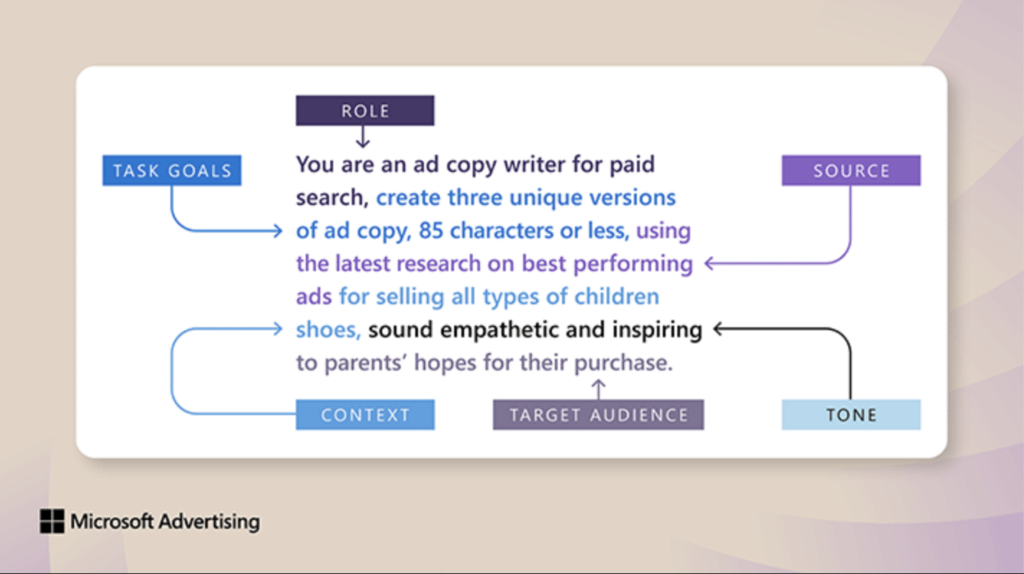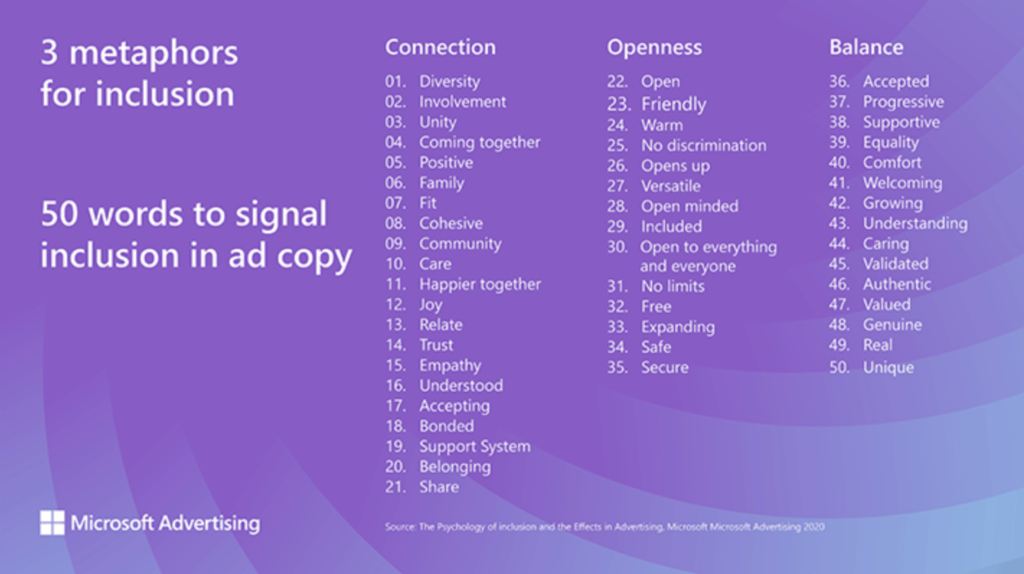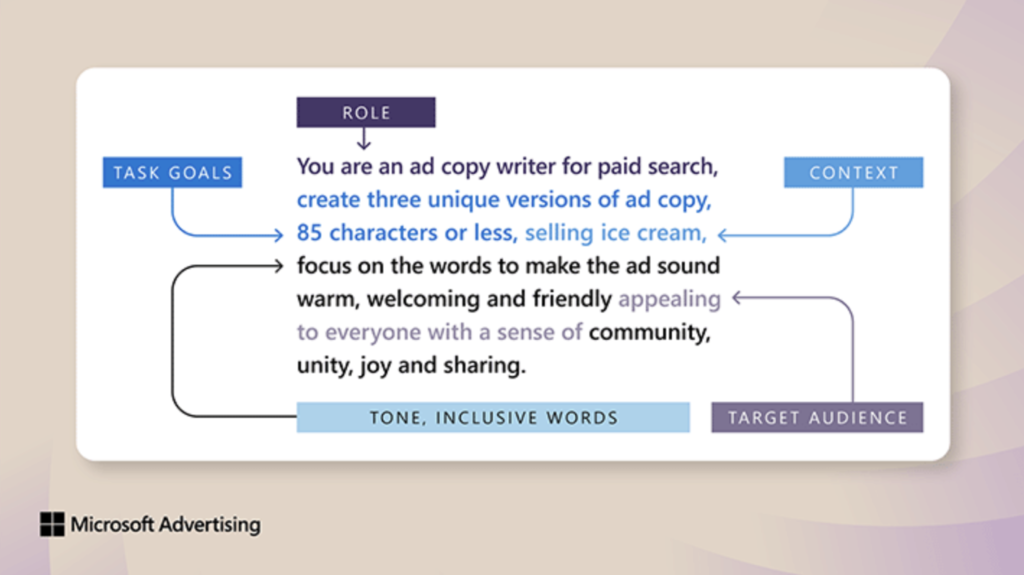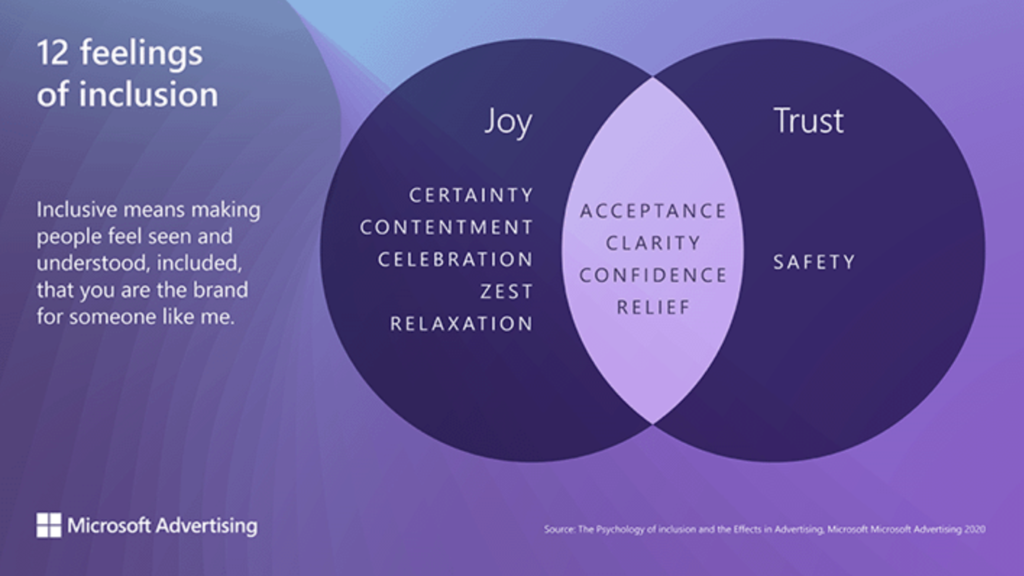

Last updated on

Research conducted by Microsoft suggests that inclusive advertising plays a pivotal role in fostering connections with Gen Z consumers, thereby stimulating increased purchasing intent.
Key findings indicate that:
Notably, embracing inclusive messaging can significantly impact a company’s profitability, as evidenced by a 23% rise in purchase intent observed among brands employing the most inclusive advertisements.
On the flip side, nearly half (49%) of Gen Z consumers indicate a willingness to switch to competitors who better align with their values.
For advertisers aiming to enhance the performance of their ad copy, Microsoft offers AI prompt engineering tips geared towards personalizing advertisements for diverse audiences.
An efficient AI prompt for generating ad copy should instruct the AI to:

Inclusive modifiers empower advertisers to enhance their prompts by incorporating metaphors that underscore connectivity, receptiveness, discovery, and harmony (ensuring representation for all).

To illustrate the concept of “dimensions of diversity” and inclusive product attributes, the initial prompt is refined with the integration of the following 50 words, each signaling inclusivity in ad copy.

When crafting your ad copy, it’s crucial to carefully consider both tone and emotional impact.
Tone pertains to the manner in which your message is conveyed, while emotions dictate the desired response from your audience.
In advertising, leveraging emotional intelligence enables brands to establish meaningful connections with their target demographics, leaving them with a sense of satisfaction, assurance, confidence, and trust in your brand.

By harnessing the capabilities of Microsoft Copilot, advertisers can tailor the tone of their messaging to resonate effectively with specific audiences, whether it’s Gen Z or Gen X, fostering a feeling of security that encourages consumer engagement and purchase intent.
Advertisers are encouraged to take responsibility for the output generated by Copilot, serving as the guiding force behind their campaigns.
“By prioritizing considerations such as tone, emotional resonance, factual accuracy, inclusive messaging, and brand ethos, advertisers can shape prompts that elicit optimal responses from generative AI.”
Customizing ad copy to resonate with diverse audiences through inclusive prompt engineering not only builds trust but also drives measurable business results.
Original news from SearchEngineJournal